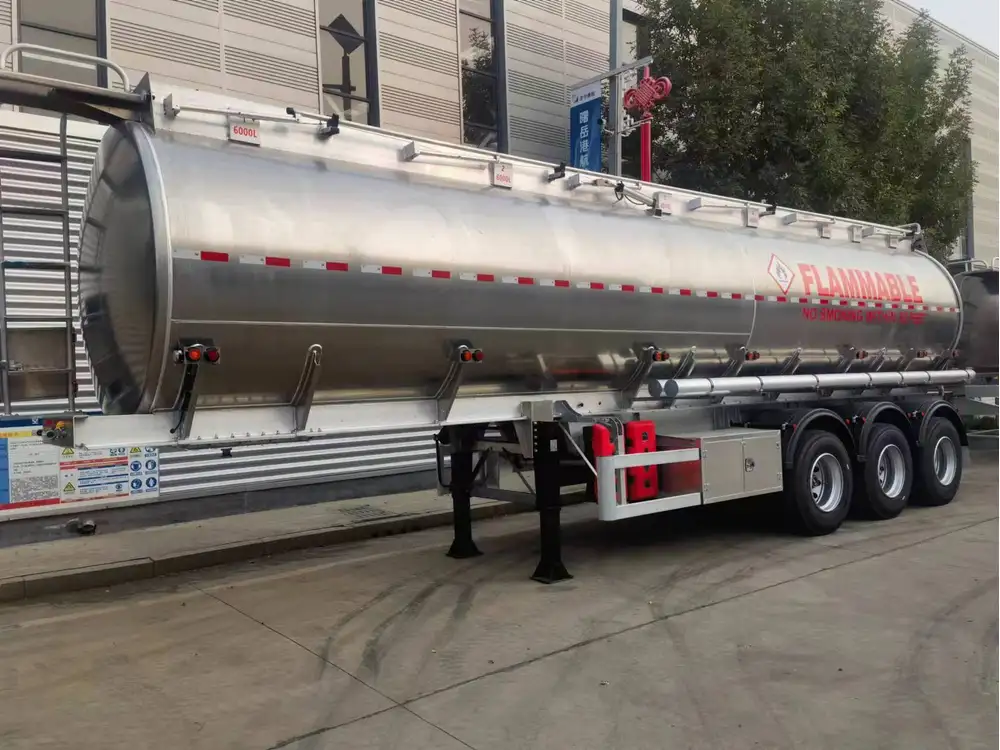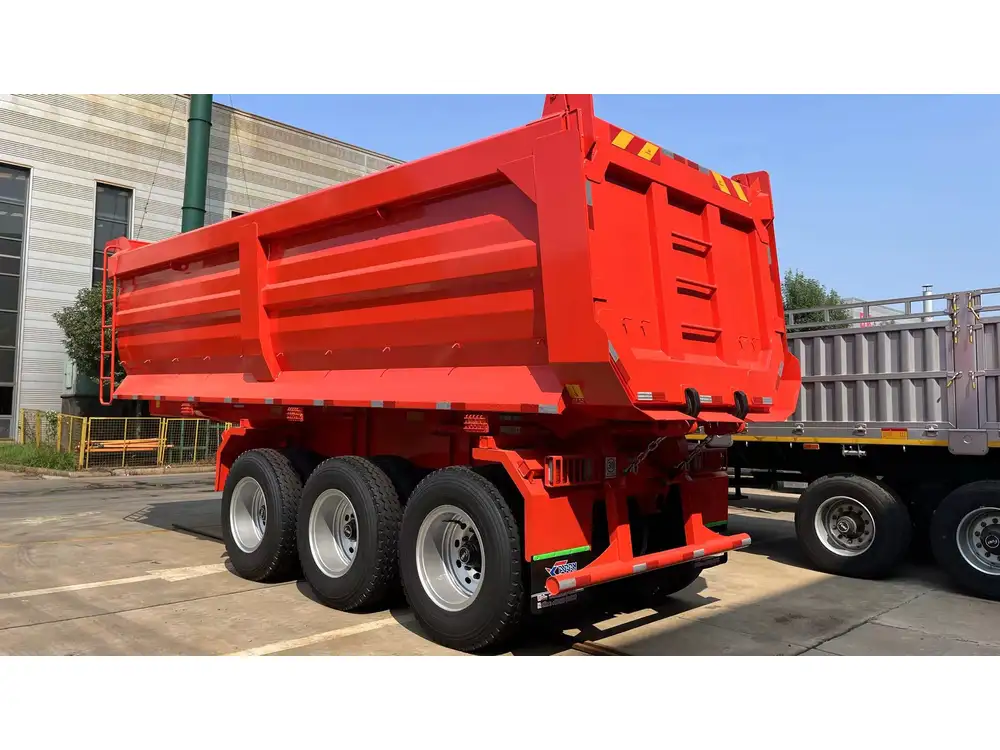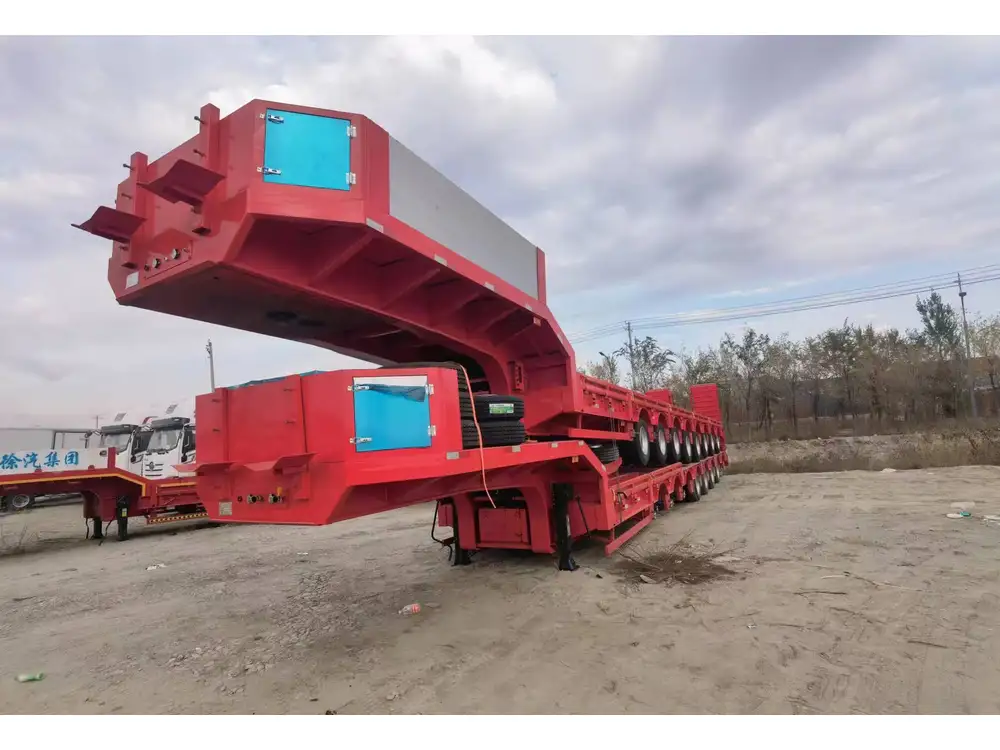When establishing an office trailer on a temporary site, understanding how to size a septic tank appropriately is vital for maintaining hygiene and compliance with local regulations. Septic systems are essential for the safe disposal of wastewater, particularly when the trailer is not connected to a municipal sewage system. A poorly sized septic tank can lead to system failures, unpleasant odors, or even health hazards. This guide delves deeply into critical factors, calculations, and considerations to effectively size a septic tank for an office trailer.
Understanding the Basics of Septic Systems
A septic system comprises several components, primarily a septic tank and a drain field. The septic tank collects and treats sewage and wastewater, while the drain field allows treated effluent to safely disperse into the soil.
Components of a Septic System
| Component | Description |
|---|---|
| Septic Tank | A watertight container that holds wastewater and facilitates the separation of solids and liquids. |
| Drain Field | A series of trenches filled with gravel or stone where effluent is distributed into the soil. |
| Inlet and Outlet Pipes | Pipes that transport wastewater into the tank and carry treated effluent to the drain field. |
| Soil/Drainage | The natural environment through which treated wastewater is absorbed and filtered. |
Each component works synergistically to create a safe and efficient wastewater management system.

Key Considerations When Sizing a Septic Tank
Numerous factors must be accounted for when determining the size of a septic tank for an office trailer:
1. Number of Occupants
The first step in sizing is calculating the expected daily water usage based on the number of occupants. Consider office personnel, visitors, and additional staff (cleaning crews, maintenance, etc.). Typically, the average water usage estimate is about 70-100 gallons per person per day.
- Example Calculation:
- 10 occupants x 100 gallons/day = 1,000 gallons/day.
2. Duration of Stay
The length of time an office trailer will be occupied impacts the tank size. For short-term projects, using smaller tanks may suffice, but for extended projects, larger tanks are warranted.
- Short-term (less than 6 months): Generally, smaller tanks are suitable.
- Long-term (more than 6 months): Larger tanks are essential to handle increased wastewater production over time.

3. Wastewater Type and Use
Office trailers are primarily used for administrative work, leading to specific wastewater characteristics. Consideration of the quantity and quality of wastewater produced (e.g., restroom facilities, kitchen areas, cleaning) can fine-tune the sizing process.
- Restroom Facilities: Each toilet may require an additional 50-70 gallons capacity.
- Kitchen Areas: Typically, add another 30-50 gallons for sinks and dishwashers.
4. Local Regulations
Each jurisdiction has specific codes and requirements governing septic system sizing. Familiarize yourself with local zoning laws and health department regulations to ensure compliance.
| Regulatory Considerations | Details |
|---|---|
| Minimum Tank Size | Varies by state; often between 1,000-2,500 gallons. |
| Installation Restrictions | Some locales may require location monitoring. |
| Environmental Considerations | Proximity to water bodies or underground sources may be regulated. |
Sizing Calculations for Septic Tanks
The general formula for calculating the septic tank size is based on anticipated daily wastewater volume and retention time. The standard recommended retention time is 24-48 hours.

Step-by-Step Calculation
Determine Daily Flow: [ \text{Daily Flow} = \text{Number of Occupants} \times \text{Gallons Per Day} ]
Choose Retention Time: Decide whether to use the minimum (24 hours) or extended (48 hours) time based on local regulations and site conditions.
Calculate Tank Size:
For 24 hours retention: [ \text{Tank Size (in gallons)} = \text{Daily Flow} \times 1.5 ]
For 48 hours retention: [ \text{Tank Size (in gallons)} = \text{Daily Flow} \times 3 ]
Example Calculation
| Details | Calculation |
|---|---|
| Number of occupants | 10 |
| Water Usage per Person | 100 gallons |
| Daily Flow | 10 × 100 = 1,000 gallons |
| 24-Hour Tank Size | 1,000 × 1.5 = 1,500 gallons |
| 48-Hour Tank Size | 1,000 × 3 = 3,000 gallons |
The recommended size of the septic tank would be 1,500 gallons for a 24-hour retention system and 3,000 gallons for a 48-hour retention system, ensuring thorough treatment and effective waste management.
Additional Factors Influencing Tank Size
While calculating the septic tank size based on the aforementioned factors is critical, there are other key considerations that should not be overlooked:

1. Soil Permeability and Drainage
Soil conditions directly affect the sizing of the drain field and, subsequently, the required septic tank capacity. Well-draining soil may necessitate a smaller tank, while compacted or clay-rich soils may require larger tanks to accommodate slow percolation rates.
2. Seasonal Variations
Consider fluctuations in water usage depending on the season. For instance, summer months might see increased personnel and water use due to peak project activity or additional visitors. Adjust the tank size calculations accordingly.
3. Heavy Use Areas
If the office trailer includes heavy-use facilities (e.g., showers, kitchens), plan for additional capacity. Each facility increases the daily water volume significantly.

Installation and Maintenance Considerations
Beyond sizing, installation and maintenance of the septic system are pivotal for optimal performance:
Installation Best Practices
- Consult with a licensed installer familiar with local codes.
- Ensure the tank is placed at a proper distance from water bodies and other structures.
- Verify that the drain field is designed to accommodate the size and characteristics of the septic tank.
Maintenance Recommendations
- Schedule regular pumping (every 3-5 years) to prevent solids buildup.
- Inspect the system annually for signs of leaks or damage.
- Monitor effluent quality and drainage performance regularly.

Conclusion
Sizing a septic tank for an office trailer is a multifaceted process that balances numerous variables, including occupancy, wastewater production, local regulations, and environmental conditions. An accurately sized septic system is crucial to maintain sanitary conditions and avoid costly repairs or environmental disruptions.
Proper planning, calculation, and adherence to professional guidelines ensure that your office trailer has a suitable septic system that functions efficiently and effectively, paving the way for successful operations in your temporary site. Understanding these principles not only safeguards health and hygiene but also optimizes the logistics of setting up and maintaining an office trailer environment.



